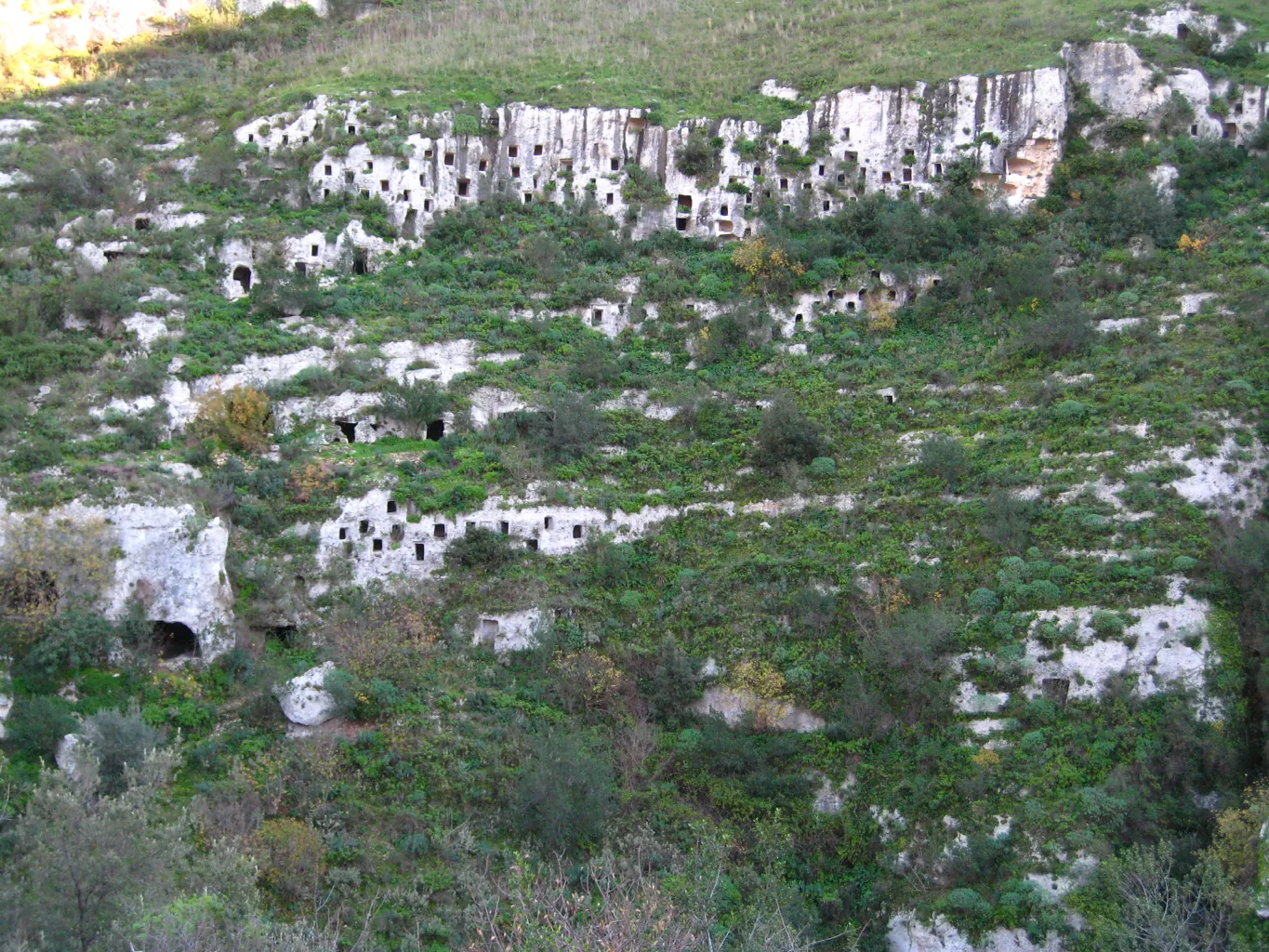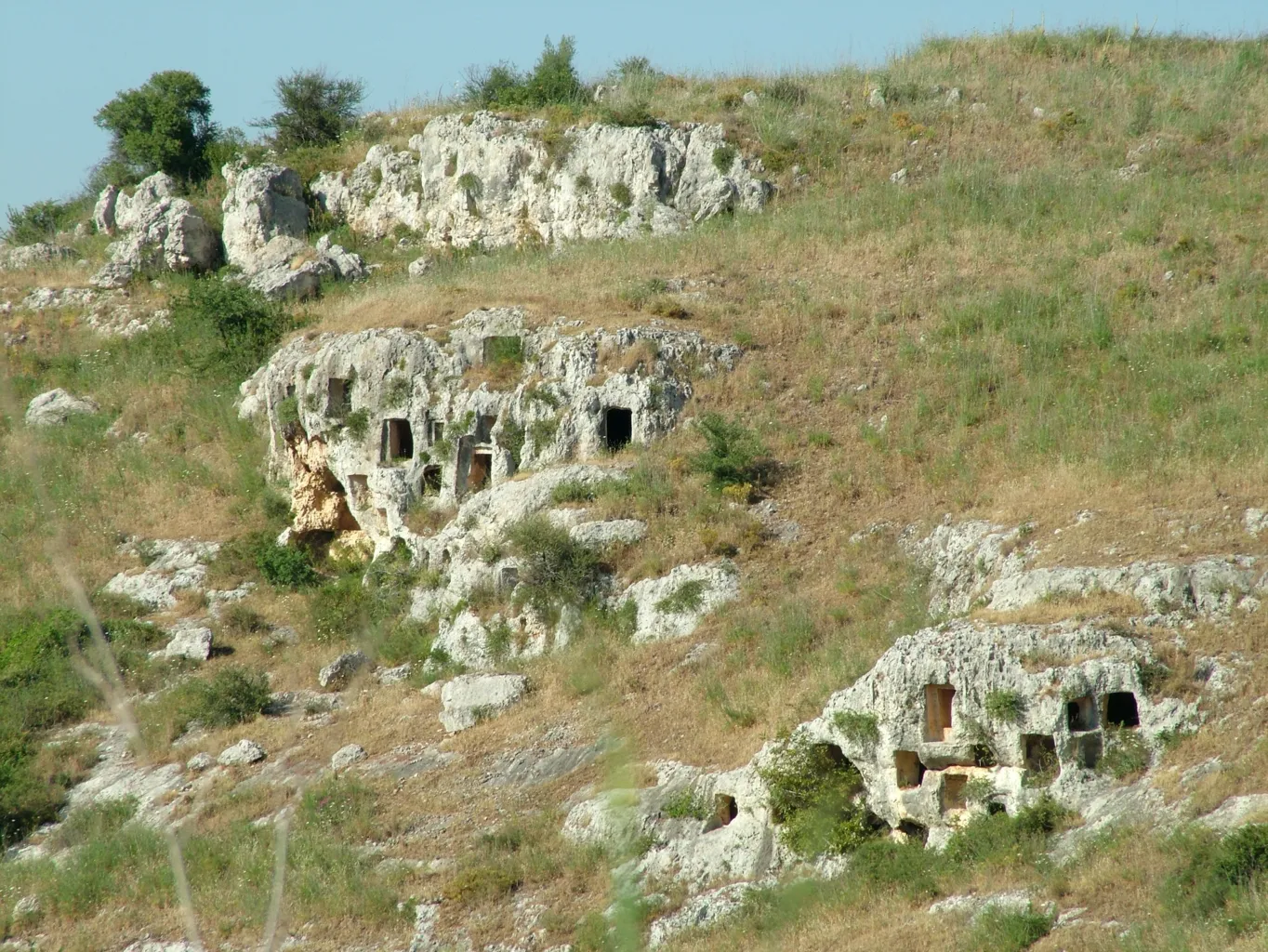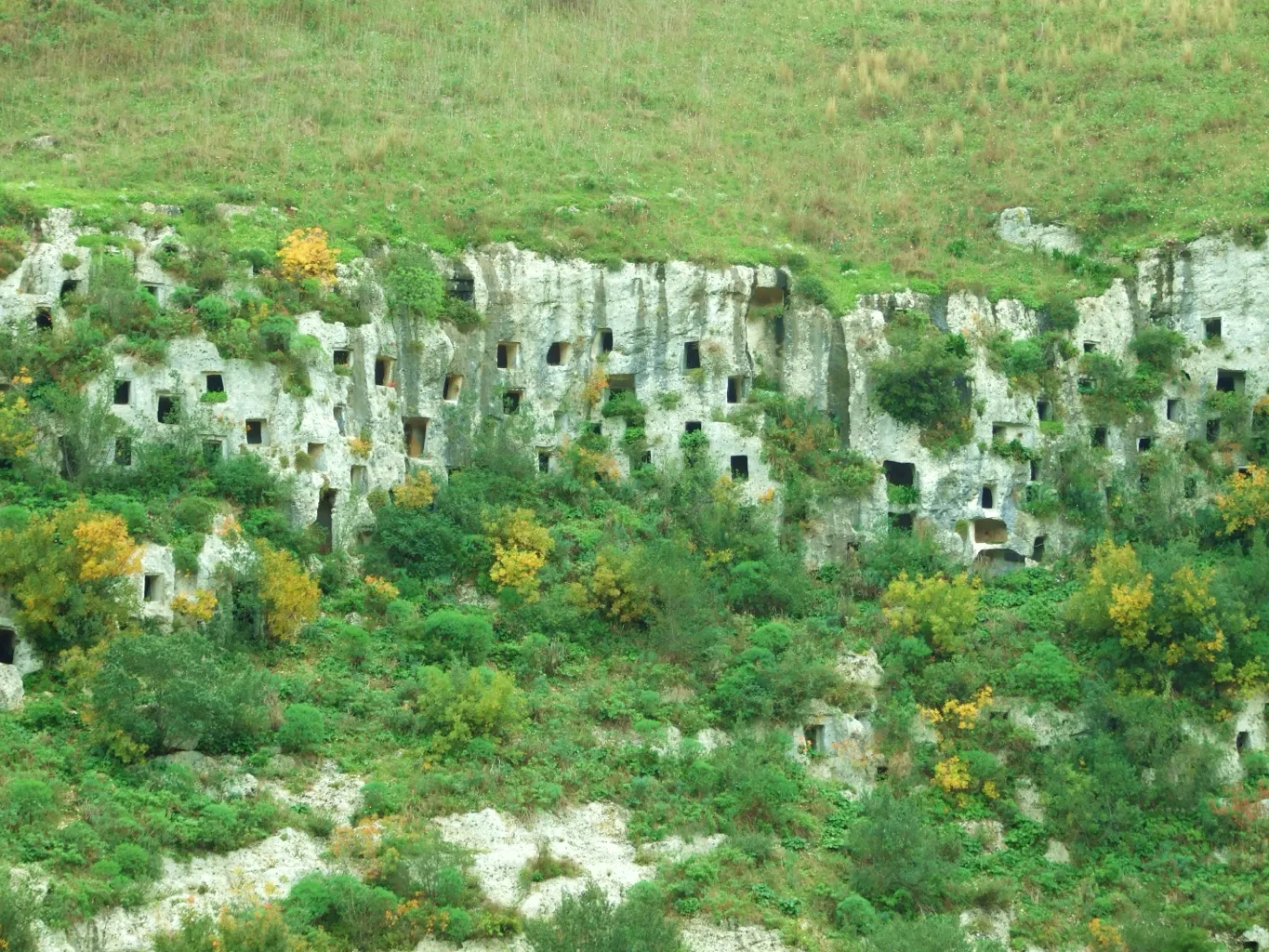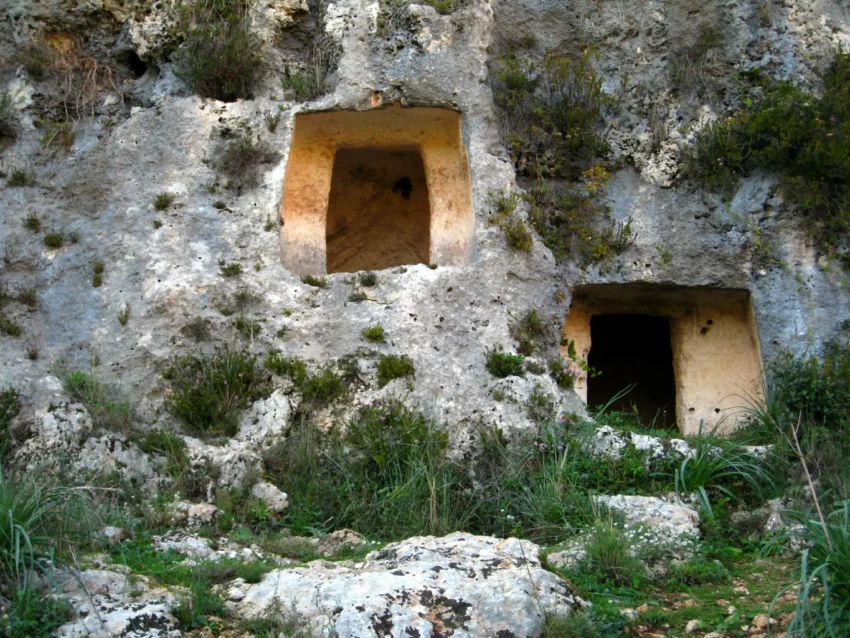Unveiling the Secrets of Pantalica: An Ancient Sicilian Necropolis
Nestled in the heart of Sicily, Italy, lies the Necropolis of Pantalica, a remarkable archaeological site boasting over 5,000 tombs carved into limestone cliffs. Dating back to the 13th to 7th centuries BC, this necropolis served as a final resting place for the prehistoric Siculi people. Recognized for its historical significance, the site was inscribed on the UNESCO World Heritage List in 2005, offering a unique window into ancient Mediterranean burial practices and cultures.
Get your dose of History via Email

A Journey Through Time: Unveiling Pantalica’s History
The 19th century marked the rediscovery of Pantalica by Italian archaeologist Paolo Orsi, who conducted extensive excavations from 1895 to 1910. Evidence suggests the Siculi were the first to establish Pantalica as a major settlement and burial ground. Over time, the area witnessed the presence of various cultures, including the Greeks and Byzantines. Interestingly, the site even played a role in historical events like the Sicilian Vespers, a 13th-century rebellion against Angevin rule.
While the exact builders remain a subject of study, the Siculi are widely credited for constructing the necropolis. The intricate tombs and well-organized settlement layout hint at a complex society with a social hierarchy. The strategic location, high above the surrounding valleys, suggests the site might have served defensive purposes as well. Later, the Byzantines used Pantalica as a hermitage, leaving behind chapels and religious artifacts.

A Silent Testament: Unraveling the Lives of the Siculi
The discovery of Pantalica shed light on Sicily’s previously undocumented prehistoric period. The tombs, often clustered by family, highlight the importance of kinship and lineage. Thankfully, the site’s preservation allows for ongoing research into the lives and customs of its ancient inhabitants. Beyond the tombs, the remains of an ancient palace, streets, and other structures offer valuable insights into urban planning and daily life in antiquity.
Though not the scene of major battles, Pantalica’s continuous occupation speaks volumes about its significance. Its longevity suggests it was a vital center for both the living and the dead. Standing tall, the necropolis serves as a silent narrative of the people who once thrived in Sicily. These tombs are a testament to their beliefs, hopes, and fears about life and the afterlife.

A Treasure Trove: Exploring the Wonders of Pantalica
Today, the Necropolis of Pantalica stands as a cornerstone of Sicily’s cultural heritage. It attracts scholars and tourists alike, captivated by its mysterious beauty and historical significance. The site’s ongoing research and discovery process contribute to our understanding of ancient Mediterranean civilizations and their lasting connections to the present.
Key Facts at a Glance:
- Location: Italy (Sicily)
- Civilization: Siculi
- Age: 13th to 7th centuries BC
Sources:

